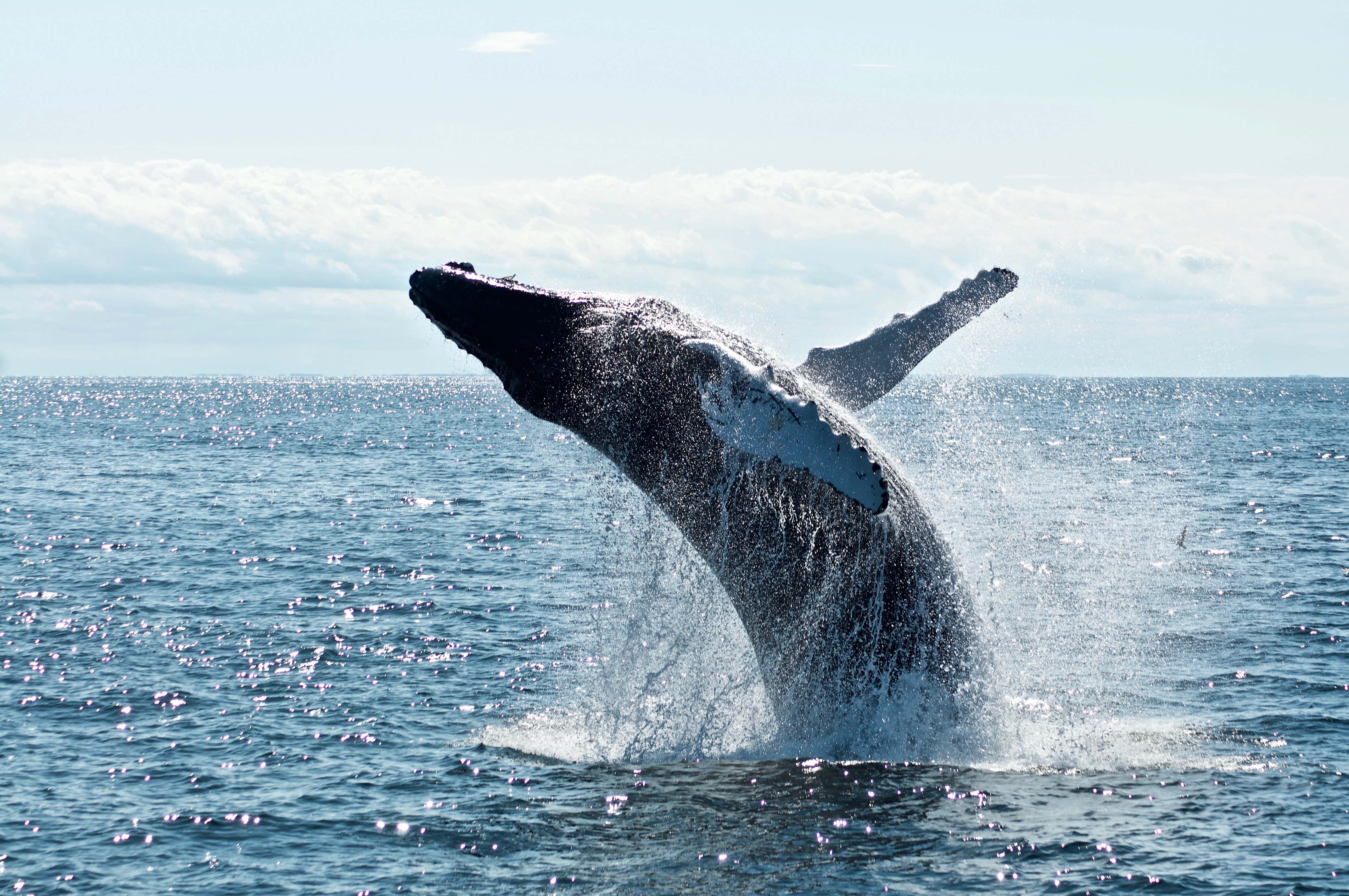Media release
From: University of AucklandScientists have been tracking the travels of humpback whales by listening in on the songs they sing as they migrate past New Zealand each year on their way to breeding grounds nearer the tropics.
Each winter, humpback whales migrate north from Antarctica feeding grounds to breeding grounds, passing New Zealand as they go. Because humpbacks are ‘vocal learners’ who learn songs from each other, the patterns and similarity in their song provides an auditory clue as to where they have been and where they might be headed.
A new acoustic study focusing on humpbacks aimed to find out which breeding ground they were headed to by comparing the song patterns of individual whales. This study follows previous research which found humpback whales on their annual migration south to feeding grounds in Antarctica gather at the Kermadec Islands for a form of whale ‘karaoke’.
Associate Professor Rochelle Constantine and PhD student Victoria Warren from the University of Auckland’s Joint Graduate School with NIWA, used recordings from acoustic loggers up to 60m below the surface in locations where humpbacks are more likely to be seen passing by New Zealand including Cook Strait, the South Taranaki Bight, Wairarapa and Kaikōura.
Whale song was picked up by the recorders at these locations and then compared to songs recorded at two main breeding grounds: East Australia (off the north eastern coast of Australia) and at New Caledonia. The recordings were made in 2015 and 2016 by scientists from the Institute of Research for Development, University of Queensland and University of St Andrews.
The acoustic tracking also provided new information on which route past New Zealand they were more likely to take.
The study found that song recorded at New Zealand locations was similar to that recorded at New Caledonia but less similar to recordings made at East Australia, suggesting passing humpbacks have a stronger connection to the New Caledonia breeding grounds.
That finding aligns with genetic sampling of humpback whales off the New Zealand coast.
It also highlights the different routes humpback whales take when they pass New Zealand on their southern or northern migration. Northern migrating whales are more likely to pass through central New Zealand waters on the way to New Caledonia but whales migrating south later in the year are further offshore and likely come from a wider variety of locations.
“Tracking any migratory animal is a challenge simply because of the distances involved,” says Associate Professor Rochelle Constantine from the University of Auckland. “This is particularly so when it comes to marine species, but acoustic monitoring is proving to be a valuable and useful tool to help us better understand humpbacks in the western South Pacific and how populations are recovering from whaling.”
Ms Warren says the study provides new insights into the connection between New Zealand humpback whales and their breeding grounds.
“Song transmission between whales and the evidence it provides on how whales are connected to specific locations is a really good non-invasive method to help us better understand where these whales go each year and how they get there.”


